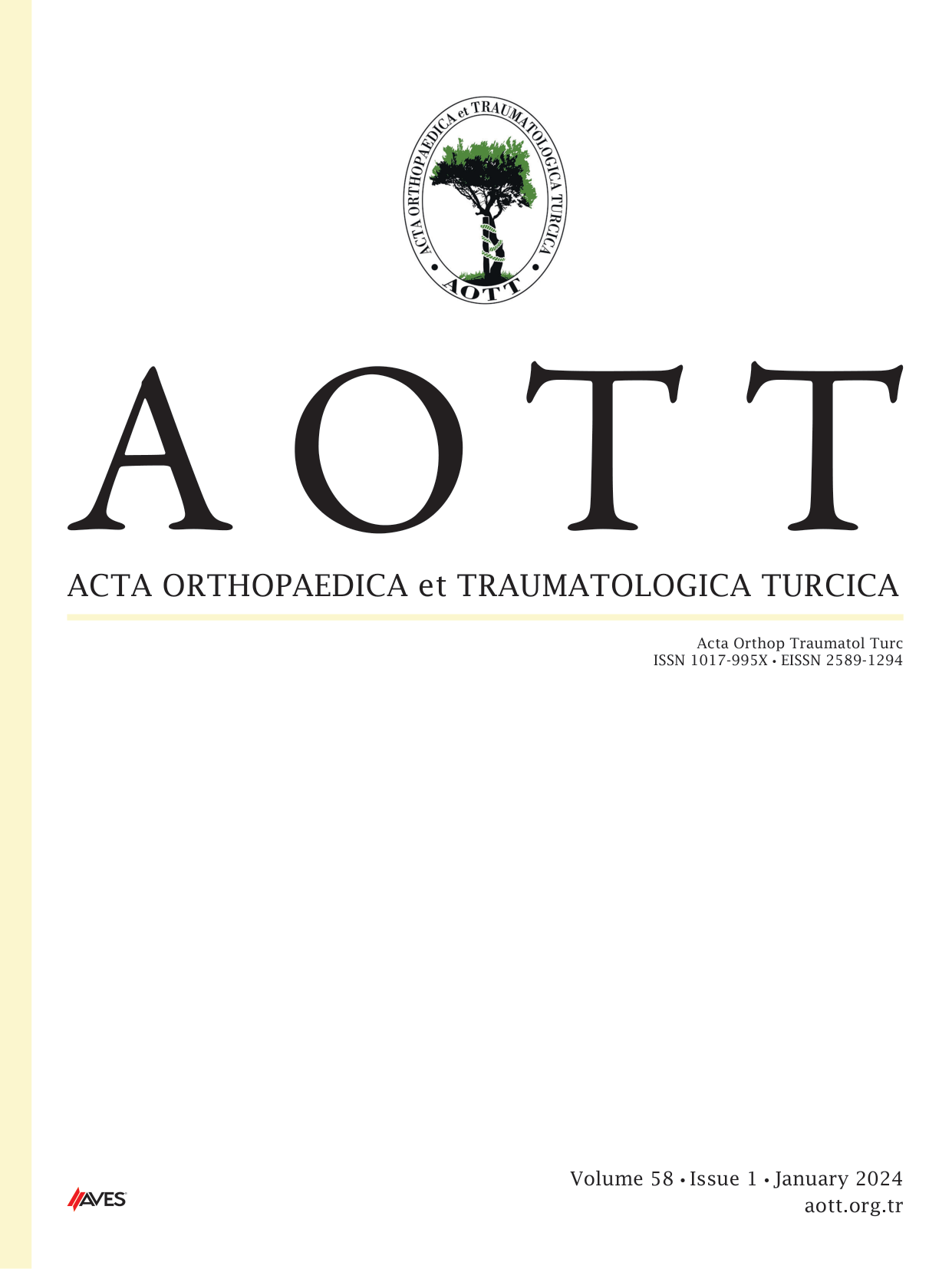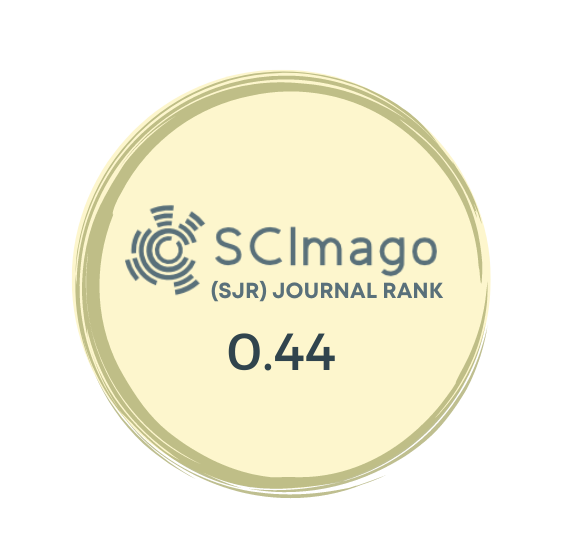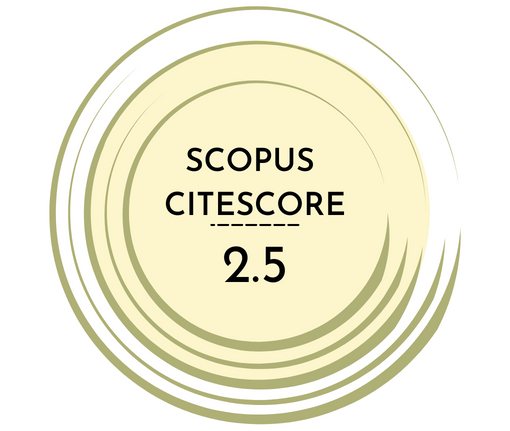Abstract
Background
We aimed to report the clinical and electrophysiological results of patients who were treated with an endoscopically assisted in situ release technique for cubital tunnel syndrome and to show safety and efficacy of this procedure.
Materials and methods
Twenty nine patients were included into the study. 13 patients (44.8%) were female, 16 patients (55.2%) were male. The mean age was 44.4 years (range; 22–66 years). Mean follow up period was 16.0 months (range; 7–42 months). We used Dellon classification for preoperative staging, and modified Bishop rating system for the evaluation of postoperative clinical results. Dynamometric and electromyographic measurements were obtained preoperatively and at final control.
Results
Preoperative Dellon's classification revealed 3 patients grade 1, 14 grade 2, and 12 grade 3. Modified Bishop score was very good for 21 patients (72.4%), good for 4 patients (13.8%), fair for 3 patient (10.3%), and poor for 1 patient (3.4%). At final control; the mean proportion of grip power and pinch strength of the affected hand to the contralateral normal hand was improved, and also nerve conduction velocity were improved in all patients. As complication, hematoma formation developed in two cases.
Conclusion
Our study showed that endoscopically assisted decompression technique without using any special instruments can be performed successfully with a low complication rate. It is a safe and effective method in the treatment of cubital tunnel syndrome.
Level of evidence
Level IV, Therapeutic study
ER -
Keywords
- Cubital tunnel syndrome
- Ulnar nerve
- Endoscopic decompression
- Minimal invasive






